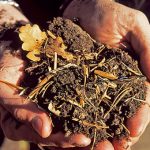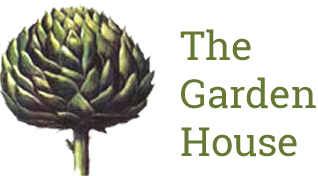Making valuable leaf mould
Posted:14 November 2015
In natural ecosystems, autumn leaves are a crucial part of the natural cycle, returning complex chemical compounds to the ground where they are broken down.
The first phase in this breakdown is often carried out by worms, slugs, woodlice and other small animals on the woodland floor. So just piling leaves in out-of-the -way places, or spreading them under shrubs, will see many of them disappear by spring.
Good things about leaf mould:
- Its easy to make
- It cuts out bonfires
- It saves using peat
- Its free
Good things about using leaf mould:
- Its clean and easy to handle
- Its good for the soil
- It cuts down on watering
- It can be used on any soil
- It can be used at any time of year
 The second phase is helped by invertebrates which are aided by fungi. These work slowly on tough and nutrient -sparse old leaves, which the bacteria that fire up our summer compost heaps find hard to deal with. For this reason large quantities of leaves slow down the composting process and are best dealt with separately.
The second phase is helped by invertebrates which are aided by fungi. These work slowly on tough and nutrient -sparse old leaves, which the bacteria that fire up our summer compost heaps find hard to deal with. For this reason large quantities of leaves slow down the composting process and are best dealt with separately.
Dry leaves wont decompose so water them if they are dry to help them rot. All you need is a secluded corner of the garden or a simple container, to stop the leaves blowing away. Black bin bags can be used, when full of leaves make a few holes in the bag and tie the top loosely.
Leafmould makes a good winter cover for bare soil; mulch around shrubs, herbaceous, trees, vegetables or dig in as a soil improver for sowing and planting. Use as an autumn top dressing for lawns. It also makes a good seed sowing mix mix with equal parts well rotted leafmould, sharp sand, loam and garden compost.
Leaves on the lawn are easily dealt with. Run the mower over leaves on the lawn with the grass box off, the shredded leaves will soon disappear into the lawn OR run the mower over leaves on the lawn with the grass box on, then add the chopped up mown leaves and grass to a leafmould heap. They will be quicker to rot than whole leaves.
So turn the autumn leaf fall to your garden’s advantage! But remember, dont disturb drifts of autumn leaves under hedges and other out of the way areas they may be used for hibernating sites by hedgehogs and other creatures.

